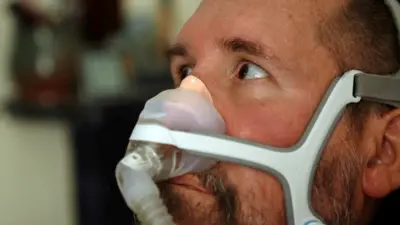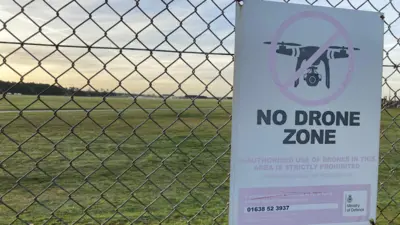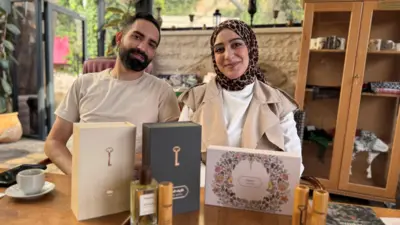We've updated our Privacy and Cookies Policy
We've made some important changes to our Privacy and Cookies Policy and we want you to know what this means for you and your data.
When Pekinese dogs helped Matron
- Author, Jane Elliott
- Role, ≥…»ňŅž ÷ News
Top Stories
Nursing interviews these days tend not to feature a stern matron flanked by her Pekinese dogs.
But that was what nervous young women encountered when they sought to enter nursing at St George's Hospital, London, in the 1940s.
Matron Helen Hanks was the figure in question, and she was an unusually colourful figure.
"She asked me some very odd questions," recalled one recruit.
Top Stories
"Did I like rice pudding? What did I think of the British Empire? Did I believe in the life force? - which I'd never heard of, but of course I said 'yes'."
Once the recruit started work on the wards, she found the dogs were there too, and when a trainee was reprimanded the Pekinese would start to bark as Matron Hanks thumped the table.
Changing times
Top Stories
Nursing has changed out of all recognition since then, from the uniform to the training and the treatment.
To mark the changes, St George's Hospital, in Tooting, has compiled an oral and pictorial history of life at the teaching hospital.
Each chapter of Nurses' Voices tackles a different aspect of life as a nurse, including life on the wards, social life, disasters and epidemics, and changes to clinical practice.
It tells the stories of nurses who trained and worked at St George's Hospital and St George's Medical School, now part of the University of London.
The book covers upheavals in the NHS and the development of new nursing practices.
It shows how much the profession has changed since the days of the military-style hierarchy of the matron system and the frilly, laced caps, starched collars and aprons of the old uniform, and it reveals how nurses dealt with World War II and disasters such as the Clapham rail crash.
Author Carol McCubbin said: "The memories in Nurse's Voices are very personal.
"But by looking at one London teaching hospital, they show how national changes that occurred in nursing were absorbed into working practice, and the challenges they presented to nurses.
"The memories also reveal the direct impact that medical advances over the years have had on patients."
Hospital changes
Daphne Foster, who nursed at the hospital between 1957 and 1994, said she was amazed by how much had changed.
"You don't have people having long convalescences in hospital now," she said. "If you can lift your own toothbrush now you are home."
She said another big change had been to the old-style uniforms.
"When I started, we wore striped uniform dresses which were quite heavy and warm in the wards and a tight belt over a cotton apron and starched caps which we had to make up ourselves.
"They had to look neat and tidy, but would not stay on when you were lifting a patient."
A 1930s nurse agreed: "Your dress had to be so many inches off the floor, so when you bent over a bed nothing showed."
Matron Deborah Hennessy, who was at the hospital between 1989 and 1991, said there had been a number of changes in her time.
"I was the first matron at that hospital with a PhD and came in wanting to develop nursing clinically," she said.
"We set up a lot of initiatives. It was a time when Aids was becoming more prominent so we had a big focus on infection control."
She said the book was a lovely memory.
"It is a very special hospital. I have worked all over the world and everywhere I go I meet nurses who have qualified at St Georges. There is a huge pride in this hospital."
Top Stories
More to explore
Most read
Content is not available








